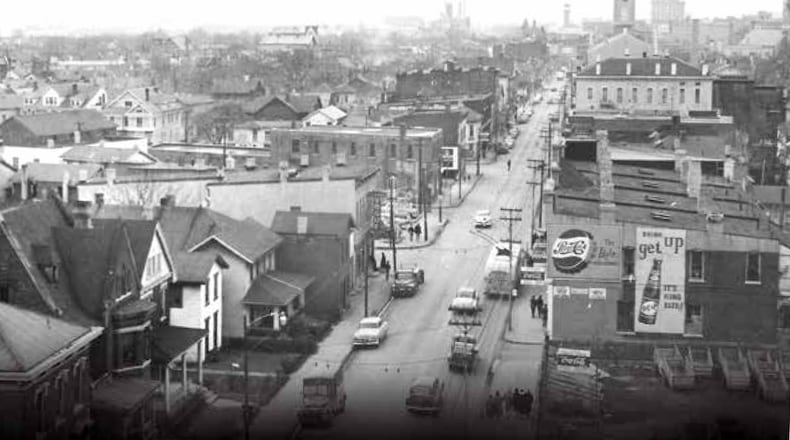Remnants of the city’s past can still be found today when you know what to look for.
The book sheds light on a “ghost street” near the intersection of Keowee and E. Fifth Streets and a lone flagpole in an open field, the only reminder of a development that was home to thousands before it was demolished in 2008.
Tunnels used by the National Cash Register Company, Delco and the Dayton VA still exist and are part of a subterranean tour of the city, and the last two remaining fallout shelter signs are a reminder of the fear of nuclear disaster.
Kroeger, a division manager for planning and land use with the city of Dayton who started with the city’s planning department 15 years ago, uses his skills to put into context the “massive development efforts” of the 1960s and 1970s that led to the cityscape we see today.
A chapter called “The Midcentury” details the thinking behind the urban renewal projects that took shape and the visions that never came to fruition.
If you have ever wondered how many miles of brick streets there are in the city, or which Dayton founder sold secrets to Spain, Kroeger’s book has the answers.
“Hidden History of Ohio” ($21.99) is available from the Arcadia Publishing website and Amazon.
“It was written out of love of the city,” Kroeger said. “It was done to add to the written history of the city in a way that might give people a different perspective beyond the big events and names.”
About the Author

